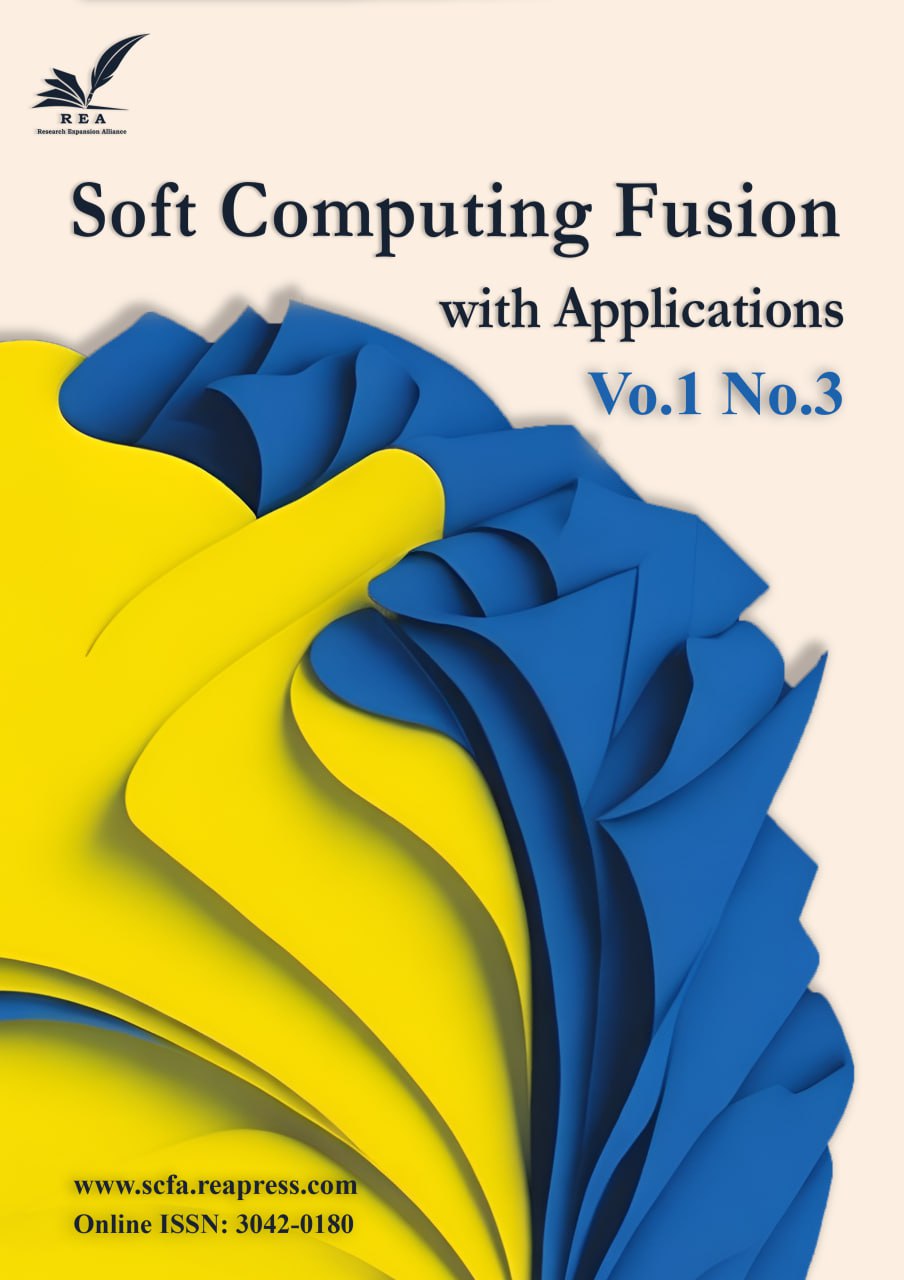AI-Enhanced IoT for Real-Time Urban Waste Management
Abstract
The document discusses the automation of waste management systems aimed at promoting cleanliness and hygiene. The act of littering in streets and public spaces is a prevalent issue in many developing nations, leading to environmental harm and several unhygienic conditions. To tackle these challenges, the concept of Smart Netbin has been introduced, which integrates hardware and software technologies by linking a standard dustbin to a Wi-Fi system to offer users complimentary internet access for a limited time. This technology incentivizes individuals to maintain a clean environment, thereby complementing effective waste management in the community. Smart Netbin employs various technologies: 1) It measures the volume of waste disposed, 2) It tracks the movement of the waste, and 3) It transmits necessary signals and connects users to the Wi-Fi network. The proposed system will operate on a client-server model, ensuring a cleaner environment, better health, and a pollution-free community.
Keywords:
Load Cell, Internet of things, Load sensing plate, Arduino, Wi-Fi, InternetReferences
- [1] Wilson, D. C., Velis, C. A., & Rodic, L. (2013). Integrated sustainable waste management in developing countries. Proceedings of the institution of civil engineers-waste and resource management (pp. 52–68). Institution of civil engineers publishing. https://www.icevirtuallibrary.com/author/Wilson%2C+David+C
- [2] Rao, P. V., Azeez, P. M. A., Peri, S. S., Kumar, V., Devi, R. S., Rengarajan, A., ... ., & Praveenkumar, P. (2020). IoT based waste management for smart cities. 2020 international conference on computer communication and informatics (ICCCI) (pp. 1-5). IEEE. https://doi.org/10.1109/ICCCI48352.2020.9104069
- [3] Misra, V., & Pandey, S. D. (2005). Hazardous waste, impact on health and environment for development of better waste management strategies in future in India. Environment international, 31(3), 417–431. https://doi.org/10.1016/j.envint.2004.08.005
- [4] Muruka, C., & Muruka, A. (2007). Guidelines for environmental health management in children’s homes in Sub-Sahara Africa. International journal of environmental research and public health, 4(4), 319–331. https://doi.org/10.3390/ijerph200704040008
- [5] Kaur, M., Singh, A., & Kaur, A. (2024). Challenges and consequences of improper waste disposal in rural tourism. In Solid waste management and disposal practices in rural tourism (pp. 317–352). IGI Global. https://doi.org/10.4018/979-8-3693-9621-6.ch013
- [6] Vermesan, O., & Friess, P. (2013). Internet of things: Converging technologies for smart environments and integrated ecosystems. River publishers. https://books.google.com/books?hl=en&lr=lang_en&id=rHYGZ0wxLP0C&oi=fnd&pg=PR1&dq=
- [7] Suresh, P., Daniel, J. V., Parthasarathy, V., & Aswathy, R. H. (2014). A state of the art review on the internet of things (IoT) history, technology and fields of deployment. 2014 international conference on science engineering and management research (ICSEMR) (pp. 1–8). IEEE. https://doi.org/10.1109/ICSEMR.2014.7043637
- [8] Al Mamun, M. A., Hannan, M. A., Hussain, A., & Basri, H. (2016). Theoretical model and implementation of a real time intelligent bin status monitoring system using rule based decision algorithms. Expert systems with applications, 48, 76–88. https://doi.org/10.1016/j.eswa.2015.11.025
- [9] Misra, D., Das, G., Chakrabortty, T., & Das, D. (2018). An IoT-based waste management system monitored by cloud. Journal of material cycles and waste management, 20(3), 1574–1582. https://doi.org/10.1007/s10163-018-0720-y
- [10] Gawali, P., Shinde, S., Tambolkar, J., Shinde, G., & Sawant, S. (2023). Smart IoT based dustbin and waste monitoring system. 2023 international conference on advances in computation, communication and information technology (ICAICCIT) (pp. 1088-1093). IEEE. https://doi.org/10.1109/ICAICCIT60255.2023.10466052
- [11] Arebey, M., Hannan, M. A., Basri, H., & Abdullah, H. (2009). Solid waste monitoring and management using RFID, GIS and GSM. 2009 IEEE student conference on research and development (SCORED) (pp. 37–40). IEEE. https://doi.org/10.1109/SCORED.2009.5443382
- [12] Hannan, M. A., Arebey, M., Begum, R. A., & Basri, H. (2011). Radio frequency identification (RFID) and communication technologies for solid waste bin and truck monitoring system. Waste management, 31(12), 2406–2413. https://doi.org/10.1016/j.wasman.2011.07.022
- [13] Longhi, S., Marzioni, D., Alidori, E., Di Buo, G., Prist, M., Grisostomi, M., & Pirro, M. (2012). Solid waste management architecture using wireless sensor network technology. 2012 5th international conference on new technologies, mobility and security (NTMS) (pp. 1–5). IEEE. https://doi.org/10.1109/NTMS.2012.6208764
- [14] Reshmi, W., Sundaram, R. K., & Kumar, M. R. (2014). Sensor unit for waste management: A better method for frequent data updating system. 2014 international conference on science engineering and management research (ICSEMR) (pp. 1–5). IEEE. https://doi.org/10.1109/ICSEMR.2014.7043550
- [15] Singh, T., & Mohapatra, T. (2024). Sensor revolution: Unveiling the transformative impact on society. In Role of emerging technologies in social science (pp. 156). Cambridge Scholars Publishing. https://books.google.com/books?hl=en&lr=&id=f6MhEQAAQBAJ&oi=fnd&pg=PA156&dq=+


